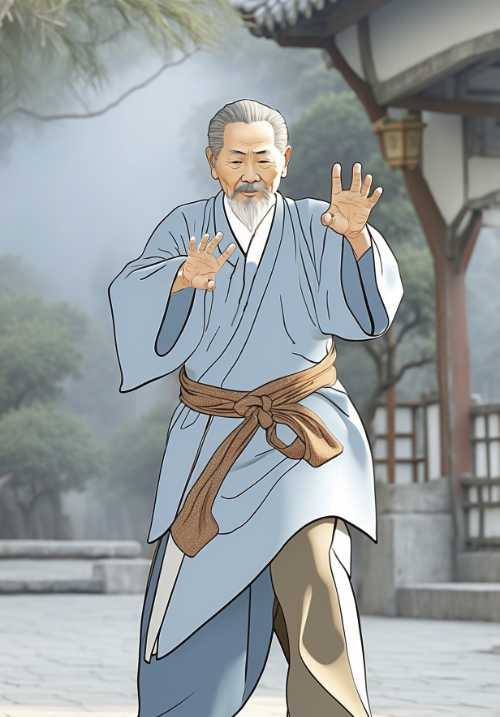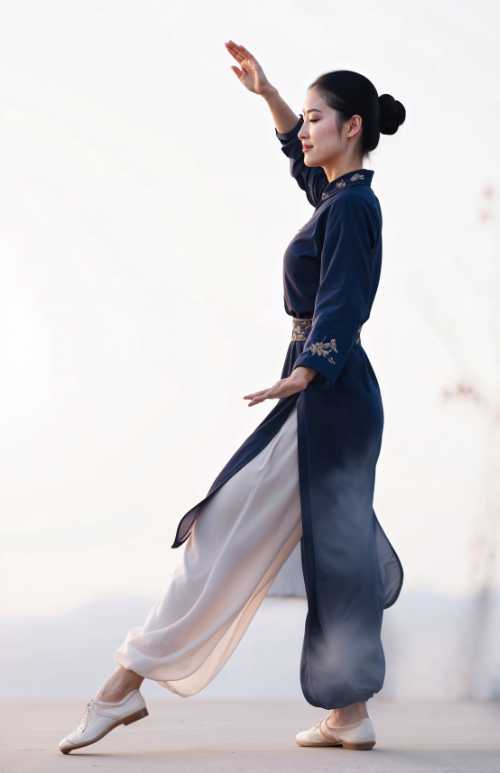Why Taiji May Be Better Than Cardio
for Managing High Blood Pressure
If you’ve ever felt winded at the thought of jogging or overwhelmed by intense gym routines, you’re not alone. But what if a gentle, graceful form of movement could help lower your blood pressure—possibly even more effectively than traditional cardio?
A new study published in JAMA Network Open in February 2024 suggests that Taijiquan (Tai Chi), the centuries-old Chinese martial art known for its slow, flowing movements and meditative focus, may outperform aerobic exercise when it comes to managing high blood pressure.
The Study at a Glance
Researchers conducted a randomized clinical trial involving 342 adults with prehypertension—meaning their systolic blood pressure ranged between 120 and 139 mm Hg. Over 12 months, half the participants practiced traditional aerobic exercise such as brisk walking or jogging, while the other half attended regular Taiji classes.
— Laozi, Daodejing
The results were striking:
- The Taiji group experienced a greater average drop in systolic blood pressure compared to the cardio group.
- Specifically, the Taiji group reduced their systolic pressure by 7.01 mm Hg, while the aerobic group achieved a drop of 4.61 mm Hg.
- Taiji participants also reported higher adherence and lower dropout rates, suggesting it's more sustainable over time.
Why Is Taiji So Effective?
Taiji combines gentle physical activity with deep breathing, body awareness, and mental calm—an ideal combination for heart health. It’s a low-impact exercise, making it accessible to people of all ages and fitness levels, and it's particularly appealing for those who dislike high-intensity workouts.
But Taji isn’t just “light exercise.” The slow, controlled motions stimulate circulation, activate major muscle groups, and promote flexibility and balance. More importantly, its meditative nature may help reduce stress, a key driver of high blood pressure.
What This Means for You
If your blood pressure is creeping up, your doctor may recommend lifestyle changes before prescribing medication. This study adds weight to the idea that Taiji could be one of the most effective non-drug interventions available.
Practicing Taiji regularly, at least 3 times a week for 45–60 minutes per session, could help bring your blood pressure into a healthier range. Many community centers, senior programs, and wellness clinics now offer beginner-friendly Taiji classes.
Getting Started
- Find a qualified instructor to guide you through proper form and breathing.
- Start slowly and be patient—Taiji is about consistency, not perfection.
- Consider combining Taiji with other heart-healthy habits, like eating a low-sodium diet and managing stress.
A Modern Take on an Ancient Art
Taiji, once practiced in temple courtyards and quiet parks, is now making waves in modern medicine. As this study shows, the path to lower blood pressure might not require breaking a sweat, just a little grace, breath, and movement.



